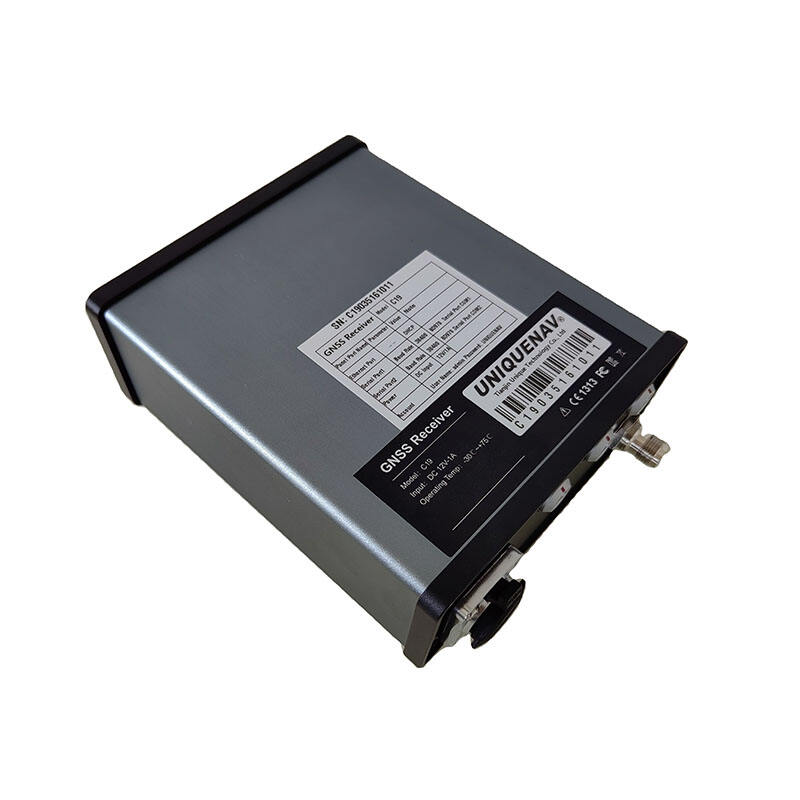
Understanding Modern RTK GPS Technology in Professional Surveying Professional surveying has undergone a revolutionary transformation with the advent of RTK GPS systems. These sophisticated tools have redefined precision measurement, enabling surveyo...
VIEW MORE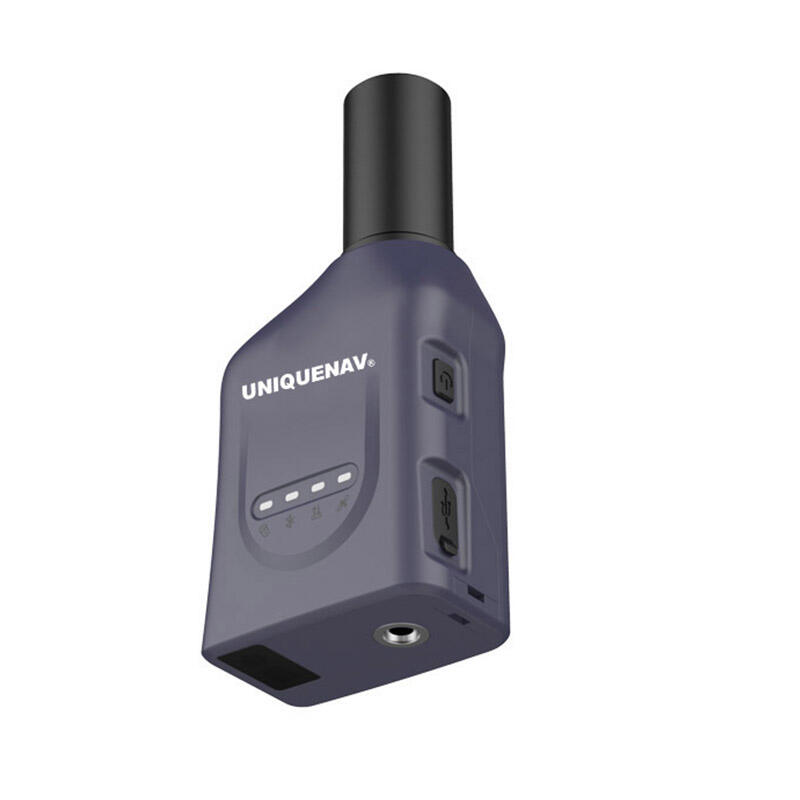
Mastering Precision Positioning with Advanced RTK GPS Technology The evolution of GPS technology has revolutionized how we approach precision measurements in surveying, agriculture, and construction. At the heart of this transformation lies RTK GPS c...
VIEW MORE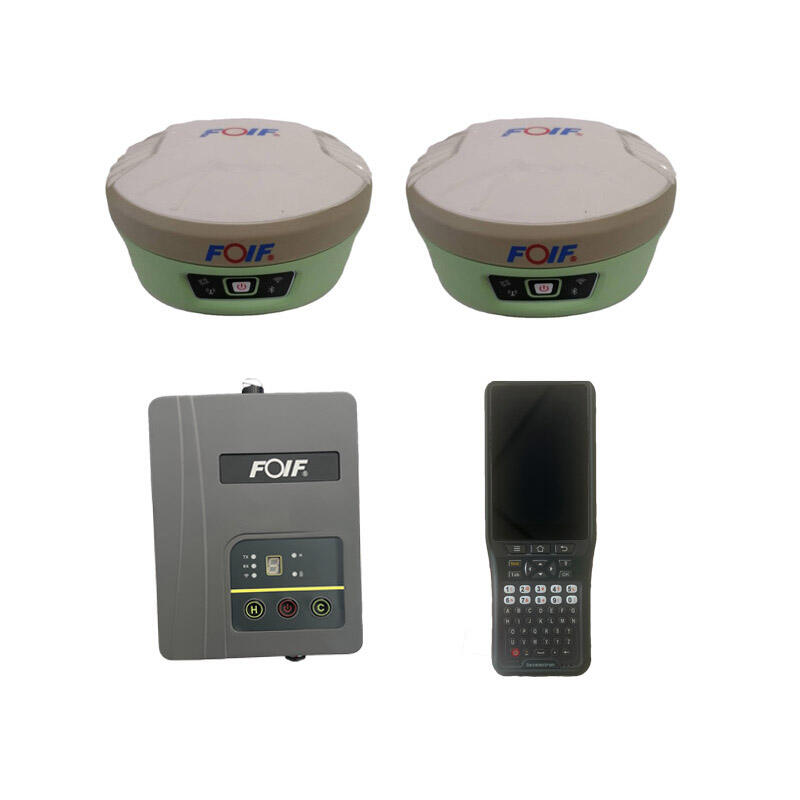
Understanding Modern Precision Positioning Technology The landscape of precision positioning has evolved dramatically with the advent of RTK GPS solutions. These sophisticated systems have revolutionized various industries by providing centimeter-lev...
VIEW MORE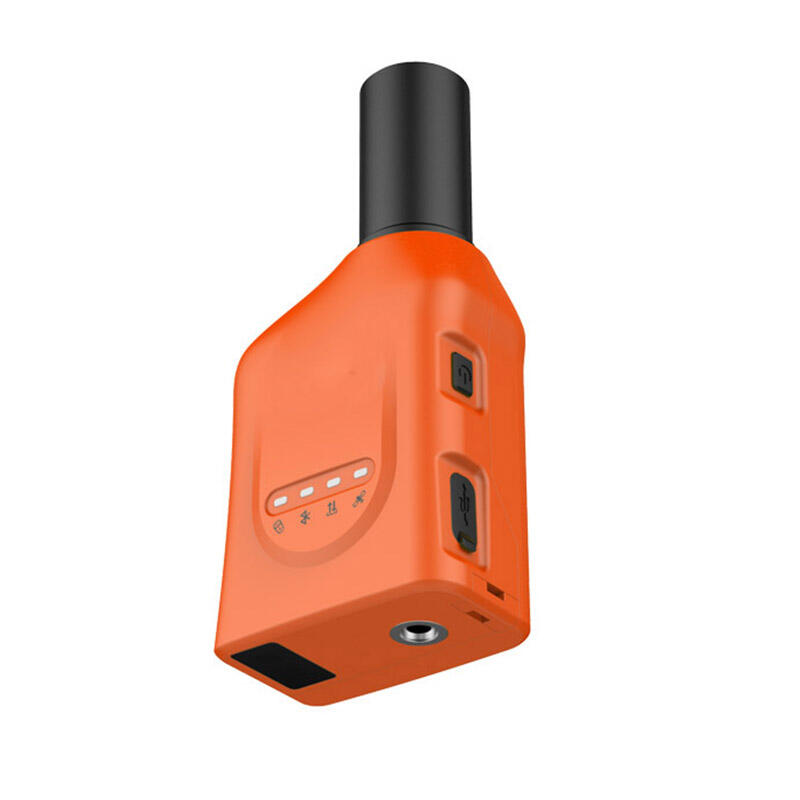
Revolutionizing Field Operations with Advanced GPS Technology The integration of high accuracy handheld GPS technology has transformed how professionals conduct forestry operations and fieldwork. These sophisticated devices have become indispensable ...
VIEW MORE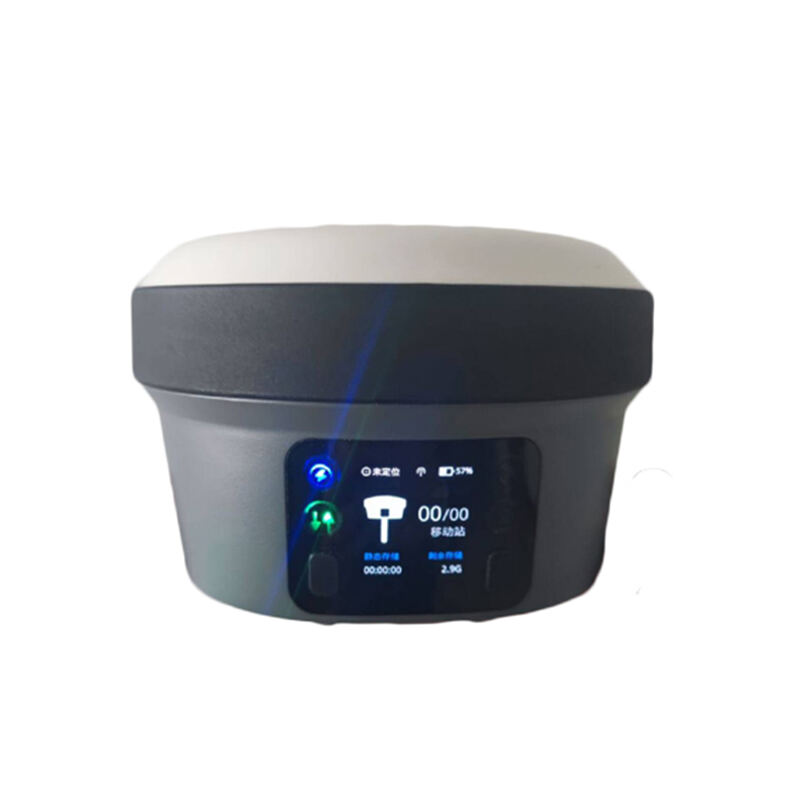
Essential Guide to Professional-Grade GPS Devices for Field Mapping Selecting the right high accuracy handheld GPS for outdoor mapping can significantly impact the success of your fieldwork and data collection. Whether you're a professional surveyor,...
VIEW MORE
Revolutionizing Spatial Data Collection Through Advanced Positioning Systems The landscape of geospatial mapping is undergoing a remarkable transformation, driven by continuous advancements in GNSS RTK technology. This sophisticated positioning syste...
VIEW MORE
The Evolution of High-Precision Positioning Technology GNSS RTK accuracy has revolutionized the way we approach precise positioning and navigation. This sophisticated technology represents a significant leap forward from traditional GPS systems, offe...
VIEW MORE
Understanding the Evolution of Precision Navigation Systems The landscape of global positioning technology has undergone remarkable transformations since the introduction of GPS in the 1970s. Today, GNSS RTK represents a quantum leap forward in preci...
VIEW MORE
How Android Total Stations Enhance Surveying Accuracy Precision Through Integrated GNSS and EDM Technology The Android Total Station is changing how surveys get done these days thanks to built-in GNSS and EDM tech that delivers really accurate meas...
VIEW MORE
The Role of Laser RTK in Modern Construction Layouts What is Laser RTK Technology? The combination of GNSS and laser signals through Laser Real Time Kinematic (RTK) tech has changed how we do construction layouts, giving us much better positioning ...
VIEW MORE
Advancing Precision in Modern Surveying The integration of Laser RTK with IMU technology is transforming how professionals approach surveying tasks. By combining real-time kinematic positioning with inertial measurement units, surveyors gain accurac...
VIEW MORE
Precision in Tilt Measurement with GNSS Devices In the evolving field of satellite positioning, accuracy and reliability define the performance of modern GNSS devices. Among the many innovations reshaping this landscape, Laser RTK has emerged as a g...
VIEW MORE